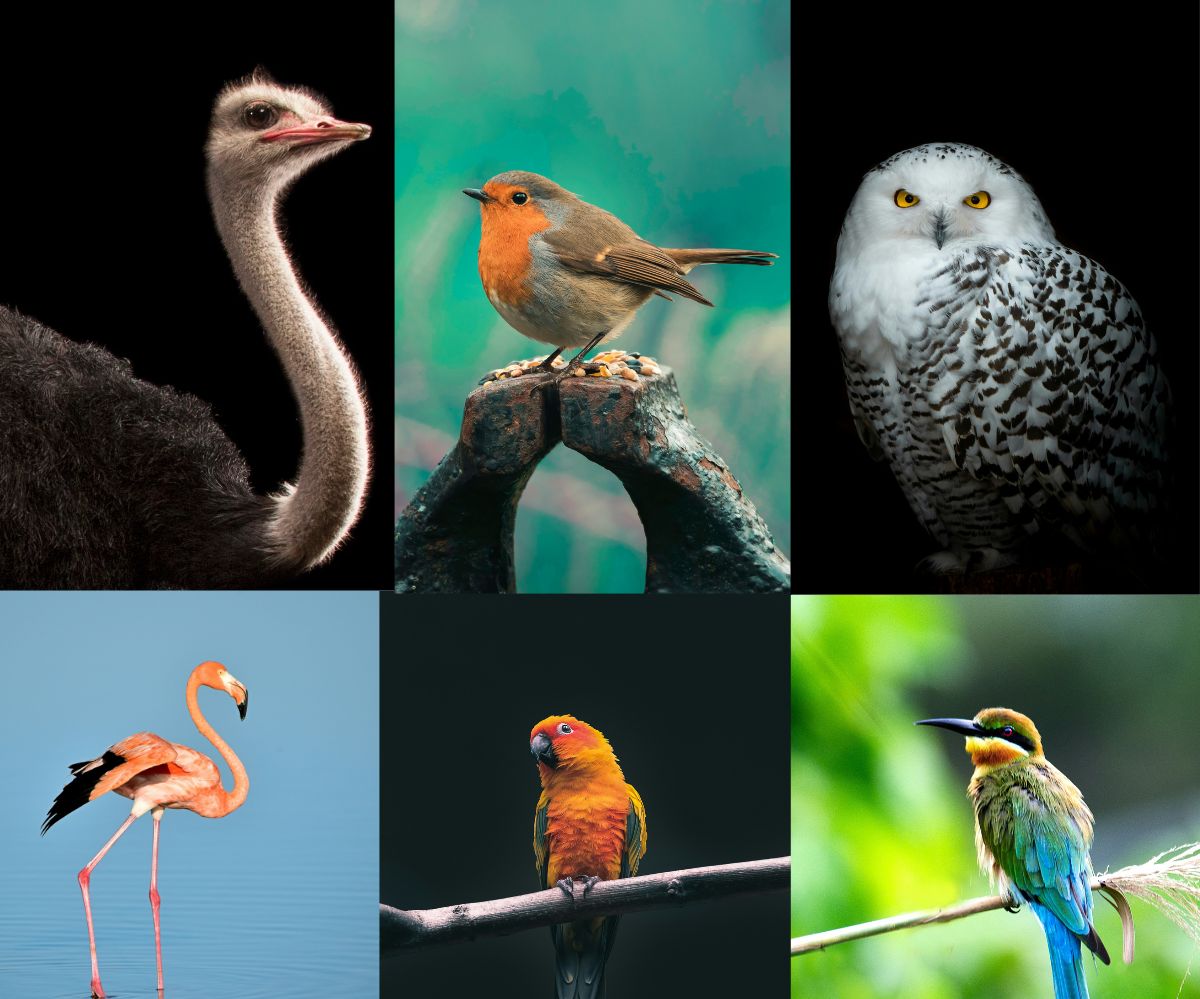The avian flu is still affecting birds all over the globe.
Despite not remaining prominent in the news, the avian flu is still active worldwide., causing bird deaths and spreading to other species like cows, cats and people. Several recent human cases have been connected to dairy, poultry and egg consumption.
Two snowy owls were found dead in a Toronto park in December 2024. “Test results indicate the owls were infected with Highly Pathogenic Avian Influenza. We cannot confirm that it is H5N1,” said Karen McDonald, the Toronto and Region Conservation Authority’s (TRCA) senior manager for restoration and infrastructure to CTV News Toronto. While bird flu is typically found in wild birds in various countries across Africa and Asia, H5N1 — a highly pathogenic variant — has spread to other parts of the world, including North America, in the past few years.
In British Columbia, an ostrich farm was ordered on Dec. 31, 2024, to put down an entire herd of their ostriches after the Canadian Food Inspection Agency (CFIA) confirmed the presence of the avian flu. On Jan. 31, the day before the deadline to euthanize the birds, federal judge Justice Michael Battista granted a temporary reprieve to the ostriches’ execution. British Columbia has the highest rate of bird flu in Canada, with an estimated number of 8.7 million birds impacted as on Jan. 31. In all of Canada, that number is over 14 million.
On Jan. 6, the first human death from bird flu was reported in Louisiana. The person, over 65 years old with underlying health conditions, was hospitalized with the flu after exposure to wild birds. Flu experts have expressed concern, “warning that the H5N1 virus would bare its teeth as infections spread.” Experts have studied the family tree of this virus for about 25 years and say the H5N1 strain is the nastiest they’ve ever seen. There have been about 900 human cases of avian flu reported globally since 2003. According to the World Health Organization, about half of those infected have died. However, because “severe cases are more likely to be reported than mild ones, mild illnesses probably aren’t being factored into that figure,” a CNN article explains. Examination of the Jan. 6 infection revealed that the virus has evolved to be more transmissible to other humans, which hasn’t been seen in animal cases.
The virus is contracted through contact with dead animals, wild birds, and undercooked poultry and eggs.
Bird flu has also become more common in cats, both wild and domestic. The raw pet food industry has grown rapidly, and these raw foods often include unpasteurized milk, uncooked meat or unpasteurized eggs. Several cats have died from H5N1 contracted through contaminated raw foods. There have been several recalls and health warnings, according to USA TODAY. Pets getting sick causes a great concern for infecting people, as although humans infected with bird flu have largely had mild infections, research suggests cats can serve as mixing vessels that would allow the bird flu virus to mutate and become more transmissible.
Many farms have also become heavily infected. According to the U.S. Department of Agriculture, more than 20 million egg-laying chickens died in the U.S. last quarter due to bird flu. This will affect the egg industry; the U.S.D.A. predicts a shortage of eggs will result in a 20 per cent rise in egg prices this year.
Thanks to Canada’s supply management system — which regulates egg production, imports and prices — Canadian egg prices have remained relatively stable, according to Sylvain Charlebois, director of the Agri-Food Analytics Lab. Despite this, there is still the possibility of egg prices going up, especially during Easter.
There are three vaccines currently developed, confirmed David L. Boucher, a scientist and senior director of the Administration for Strategic Preparedness and Response, which leads the nation’s response to potential public health emergencies. Despite this, the three approved vaccines for bird flu are “not really great matches” for currently circulating strains. These vaccines are also not currently available to the public, and many people are upset that they are not at least available for poultry and dairy farmers, who are the most at risk.
Moderna has been awarded about $590 million from the U.S. government to help speed up the development of an mRNA-based (Messenger RNA) bird flu vaccine, which should be more effective at attacking the specific strains that are most worrisome. The goal is to use have the vaccine ready if other influenza strains emerge with pandemic potential, said the U.S. Department of Health and Human Services.
For the time being, several health organizations insist that the bird flu is nothing to worry about. That said, the possibility of the virus mutating to more easily transmit between humans may be a bad sign.

